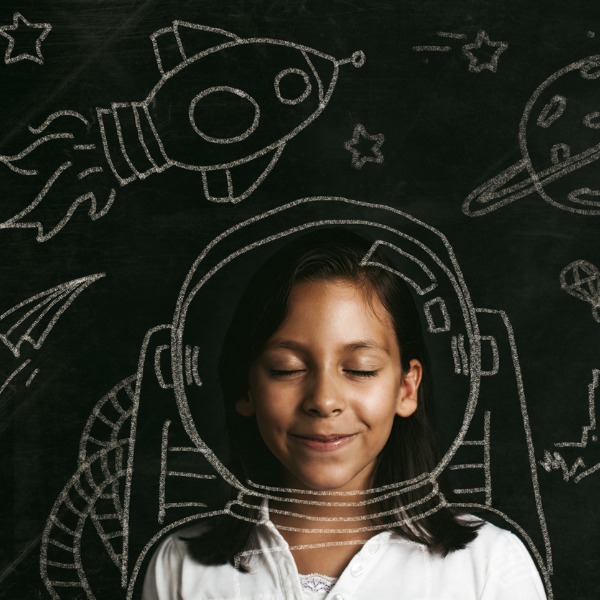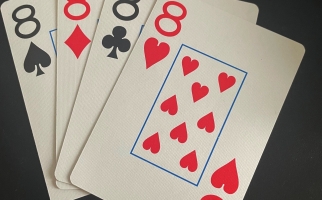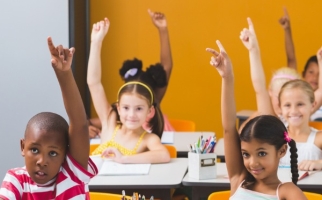Idea Generation

Student having ideas (Marilyn Nieves, iStockphoto)
When searching for a solution to a design problem in the Design & Build process, many different ideas should be considered. Students may generate ideas to solve problems independently as well as in small and large groups.
Definition
When searching for a solution to a design problem in the Design & Build process, many different ideas should be considered. Students may generate ideas to solve problems independently as well as in small and large groups. Idea generation is often a collaborative process since more and novel ideas can be generated when students listen to and build on the ideas of others. As students develop this skill they will learn how to share ideas and listen to ideas in a non-judgmental way. They will also learn that there can be several solutions to a problem, and that some solutions may be better suited to the situation than others.
Idea Generation is important because it…
- activates prior knowledge
- encourages students to think about the ideas and perspectives of others
- encourages students to be risk-takers
- helps students to take an abstract idea and communicate a practical solution to others (visualizing)
- serves to form the starting point of design plans
Teaching and Learning Idea Generation
Students |
Educators |
|---|---|
|
Understand that everyone can generate solutions to a problem (i.e., everyone is a problem-solver) |
Encourage every student to contribute ideas in idea generation situations (e.g., “What are some things you could do to make the tower more stable, Rajid?”). Educators should also ensure that their classroom environment supports and encourages flexibility, risk-taking, open-ended thinking and creativity. |
|
Understand that idea generation is a creative process |
Help students understand that there can be several solutions to a given problem, and that we use our creative thinking skills to help us to come up with solutions to problems. When in groups, students will often offer up different types of ideas depending on their strengths and interests. |
|
Are respectful of the ideas of others |
Model ways for appropriate idea generation and sharing that demonstrate respect for the thoughts and opinions of others. This modeling should emphasize that in the idea generation phase, all ideas should be accepted without judgement (e.g., all ideas are welcome, even those that may seem “crazy” or “dumb”; idea generation is not the time to “criticize” or “judge” the ideas). |
|
Generate ideas in various contexts, both formally and informally |
Encourage students to share ideas in various contexts throughout the day (e.g., to generate ideas for writing a story, solving a problem, what drama centre will come next). In these contexts, encourage students to visualize, make rough sketches, and think abstractly when appropriate. |
|
Use various methods to record ideas |
Model ways to record ideas generated during individual and group activities. This can include the creation of lists, concept maps, sketches, videos of group discussions, etc. |
|
Discuss the advantages and disadvantages of various ideas in order to select one idea that will be tested |
Talk about how some solutions are more reasonable than others because of the classroom/school circumstances, and discuss why some this may be the case with some of the ideas generated. Provide support to students as they work collaboratively to select an idea to be tested. |
Related Skills
Related Learning Strategies


